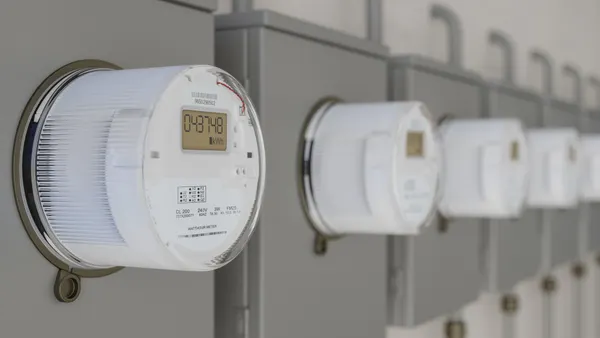Dive Brief:
-
The U.S. Green Building Council (USGBC) is seeking proposals that will shape the next version of its Leadership in Energy and Environmental Design (LEED) rating system, according to a council press release.
-
Melissa Baker, senior vice president of LEED, said that USGBC wants to strengthen LEED v4.1, its most recent rendition of the popular rating system, and ensure that it is "adaptive and responsive to the ever-changing world around us."
-
Those who wish to submit a LEED proposal may do so through the council's website. Proposals must be specific, technical in nature and in the form of edits to existing LEED language using USGBC tools. Proposals must also provide a rationale and technical justification for each change.
Dive Insight:
USGBC released the complete suite of LEED v4.1 rating systems in April. They include:
- Building Design and Construction (BD+C)
- Interior Design and Construction (ID+C)
- Operations and Maintenance (O+M)
- Residential
- Cities and Communities and Recertification
A few significant updates to the BD+C category are the inclusion of both cost and greenhouse gas emissions to energy metrics as well as a new renewable energy credit. For the O+M category, which is for existing buildings, the council has shifted to data-based documentation by tracking performance in energy, water, waste, transportation, indoor air quality, toxin-free environment and occupant satisfaction.
LEED's environmental focus is meant to benefit communities, but it provides financial payoffs for building owners as well. A 10-year Bentall Kennedy study published in 2016 showed that space in U.S. LEED-certified buildings rented for 3.7% more than their non-certified counterparts and enjoyed a 4% higher occupancy rate. Certification can also lead to an 8% to 10% increase in property value, the study said.
While LEED might be the most familiar certification to U.S. contractors and building owners, the BREEAM In-Use standard is the second-most-popular green building certification system worldwide. BRE Global, a certification organization in the United Kingdom, introduced to this country in 2016 its BREEAM In-Use standard, which allows owners to do a self-assessment of their green quotients.
BRE recently introduced a revised U.S. standard that it spent the last year developing with design and architecture firm HOK. The two customized BRE's International New Construction standard to better align with the different building codes and regulations found throughout the U.S.













